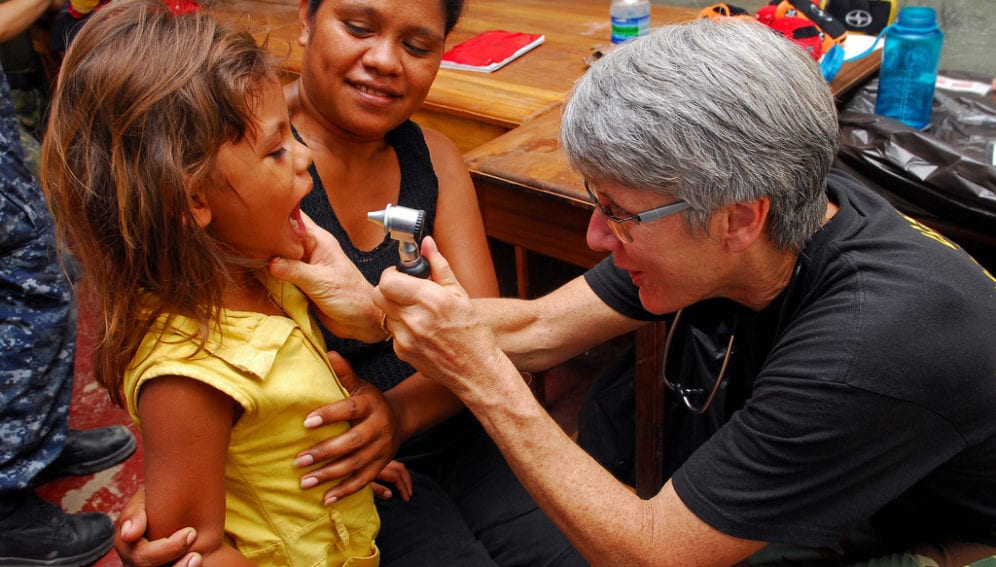By: Lou Del Bello
Send to a friend
The details you provide on this page will not be used to send unsolicited email, and will not be sold to a 3rd party. See privacy policy.
Universal health coverage, with full access to high-quality health services for all, cannot be achieved without evidence from research, says a WHO report.
To achieve universal health access requires services to be increased while also protecting the poor from financial hardship when they have to pay for them, but we still do not know how to deliver both these things, says Christopher Dye, one of the lead authors of 'Research for Universal Health Coverage', published last month (15 August).
"And that's where research comes in," says Dye, who is director of the WHO office of health information, HIV/AIDS, tuberculosis, malaria and neglected tropical diseases.
To open the way for universal health coverage, the report urges countries to increase national and international investments aimed at improving health services, and to establish closer collaborations between researchers and policymakers.
Countries should improve their research capacity by training more researchers locally, and should put in place comprehensive codes of good research practice, it says.
It also shows encouraging trends in the treatment and prevention of diseases endemic in low-income countries.
For example, the proportion of suspected malaria cases that were tested for the disease increased from 20 to 45 per cent between 2006 and 2010.
And the number of patients cured of tuberculosis rose from 70 to 85 per cent.
However, according to the report, the recent global financial downturn slowed the rise in research and development (R&D) funding for technologies to control the large burden of communicable diseases in developing countries.
“We strongly advocate the need to build closer links between the research community and the people who are actually trying to improve the coverage for health services”
Christopher Dye
This stimulated the building of new R&D business models, and many products are now being created through partnerships among universities, governments, international organisations and the private sector.
Dye believes that a multi-partner approach is also crucial when new drugs and services are introduced.
"One of the points that we strongly advocate is the need to build much closer links between the research community and the people who are actually trying to improve the coverage for health services or put in place schemes for health insurance," he says.
In developing countries, he explains, international partnership can be effectively combined with the growing potential of local research.
"It's true that there is not enough research in place, but most of the literature is too negative about the situation in developing nations," he says. "There is essentially a catalogue of things that haven't yet been done, but the trends in research are actually on the rise."
But new challenges also lie ahead.
"Even amongst many poor countries, we see an increase in non-communicable diseases, such as heart disease, stroke and diabetes," Andy Haines, professor of public health at the London School of Hygiene & Tropical Medicine, United Kingdom, and the chair of the report's scientific advisory panel, tells SciDev.Net.
"In combination with a high rate of communicable diseases, this could become very difficult to manage."
He adds that health systems, particularly in low-income countries, now face unprecedented threats, such as impacts of climate change on health.
"We need to think about emerging threats as well as today's problems," he says.
See below for WHO a video about paths towards universal health coverage:














